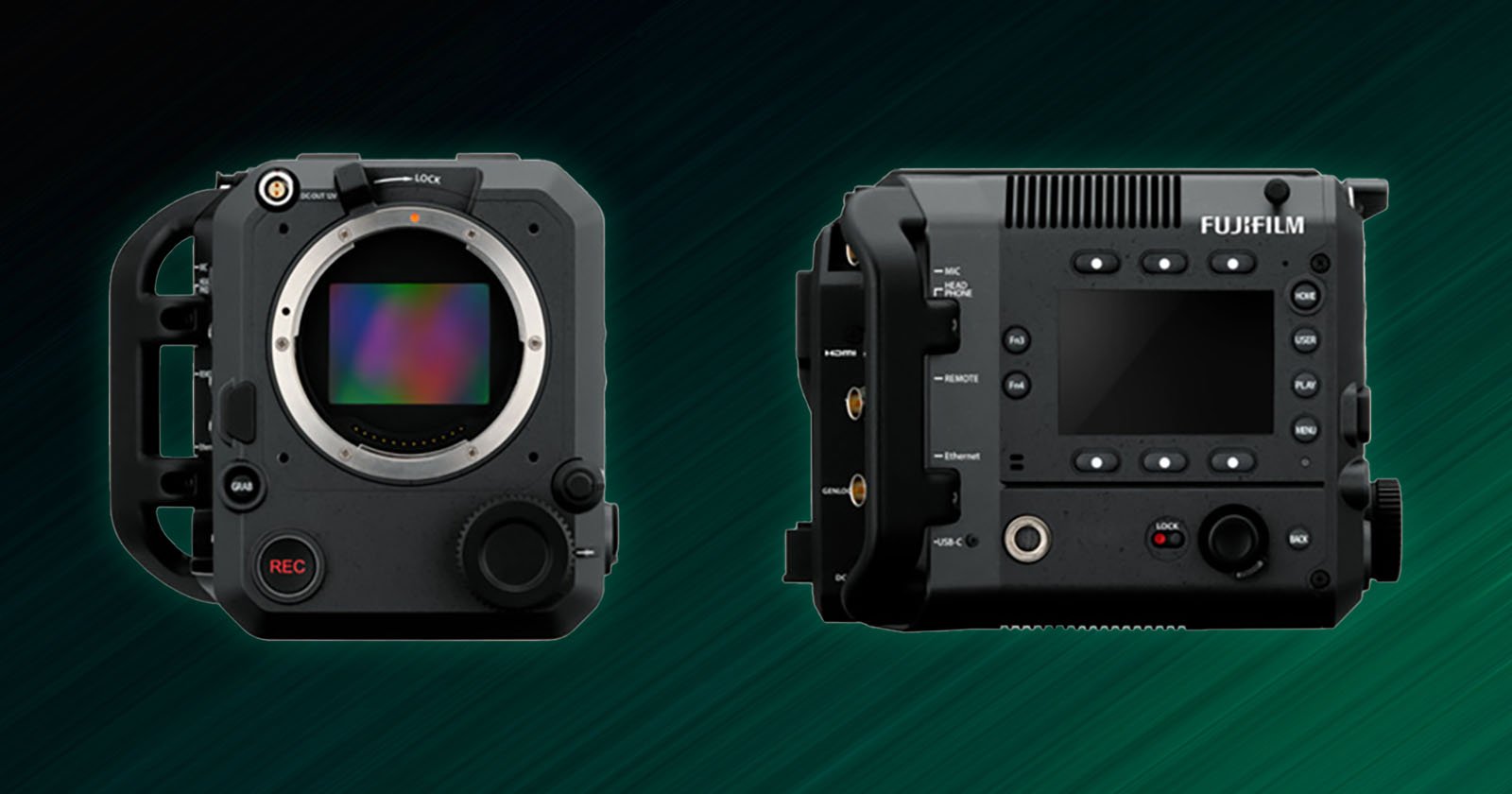![]()
Amateur Photographer‘s editor, Nigel Atherton, recently chatted with Fujifilm with Theo Georgiades, general manager of Fujifilm Imaging Solutions UK, discussing a wide range of topics, including Fujifilm’s product strategy, performance, and the resurgence of film photography.
In the first part of the interview, Georgiades described Fujifilm’s 2024 as healthy, noting that the company has found continued success by operating a bit differently from the competition.
“We’re trying to create our own niche in the marketplace,” the exec said. “Especially in the UK, Fujifilm has proven that we can be strong on our own without having a full-frame camera offering.”
Fujifilm famously doesn’t compete in the crowded full-frame camera space; it focuses on APS-C with the X Series and, since 2017, medium-format with the ever-expanding GFX System. Speaking of the GFX system, Fujifilm recently announced it is developing a cinema-oriented GFX camera, the Eterna.
 The Fujifilm GFX Eterna is in development. This GFX cinema camera is expected to launch in 2025.
The Fujifilm GFX Eterna is in development. This GFX cinema camera is expected to launch in 2025.Expected to arrive sometime next year, it builds upon a growing video focus within the GFX system, with recent models like the GFX100 II and GFX100S II, a PetaPixel Camera of the Year nominee in 2024, offering videographers a lot to like.
In the second part of the interview, Georgiades describes the Eterna as a somewhat obvious next step for the company.
“As video has progressed, the quality from that GFX sensor has got better and better. So, why not?”
“But we’re not resting on our laurels and will continue to push GFX very heavily,” he adds.
Other topics include an old standby: Why is it not easier for customers to buy the X100VI? Launched in February, the very popular and excellent premium compact camera remains hard to find at MSRP. In Japan, Fujifilm is making a move to a lottery system to deal with the problem.
When asked to react to criticisms that Fujifilm underestimated the demand for the X100VI, Georgiades replies, “I don’t think we did. Like any business, you put in a forecast for a new launch and you’re prudent. It’s in nobody’s interest to have stock sitting on the shelves for a long time. But the launch day of the X100VI was unprecedented… Nobody in their right mind could have predicted how orders would accelerate — it was amazing. There’s been a lot of criticism of our planning and all this kind of stuff which, to me, is unfair because unless you see what goes on in the background, it’s too easy to leap to a negative conclusion.”
 Fujifilm X100VI Limited Edition
Fujifilm X100VI Limited EditionThe exec explains that it takes up to two years to develop and launch a camera, and once plans are in motion, it is not simple to make a big pivot. Doubling — or more — the supply is not like flipping a switch. It takes a long time. However, he says Fujifilm began putting the necessary wheels in motion to increase production within days of the X100VI’s announcement.
“Waiting times have decreased steadily,” he adds. “Demand remains really high, but customers may only wait a couple of months now rather than six.”
However, that doesn’t mean the demand for the X100VI is way beyond that of other cameras in Fujifilm’s lineup. At least in the UK, the X-T5 is pretty close to the X100VI, and the X-T30 II is next. Georgiades cites content creators and first-time users as big audiences for these popular cameras.
![]()
Another trendy choice in 2024 is shooting with film. It has been a huge year for analog photography, the biggest in decades. So, has Fujifilm considered getting into making traditional film cameras? The company’s Instax business is doing well, as are its film stock operations, so maybe a film camera makes sense. PetaPixel tossed the idea around during its annual “Bold Predictions” podcast.
“I’ve been with Fujifilm for 25 years, so have learned to never say never — but I don’t know,” the UK exec says. “There is without doubt a massive resurgence in film as we see from film sales.”
However, while Georgiades admits Fujifilm could benefit from film’s surging popularity as a company, deciding to make a film camera requires long-term analysis.
“As I say, I’ve learned to say never, ever say never! However, any business needs to analyze the prospects for a long-term opportunity over a short-term fad,” Georgiades says, adding, “And, of course, we have the Instax range of instant film cameras and printers.”
Amateur Photographer and Georgiades covered a lot of additional topics, including consumer demand for video features, how smartphones are creating new photographers, lens attachment rates, and much more. Head over to Amateur Photographer for more: Part One, Part Two.
Image credits: Featured image created using images from Fujifilm and a background licensed via Depositphotos.







 English (US) ·
English (US) ·